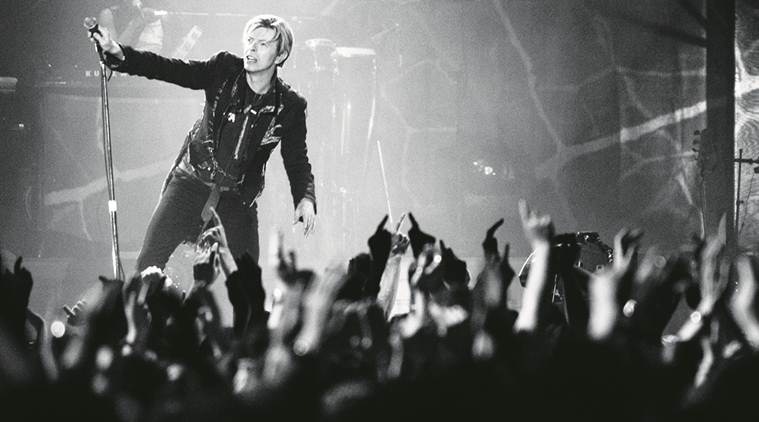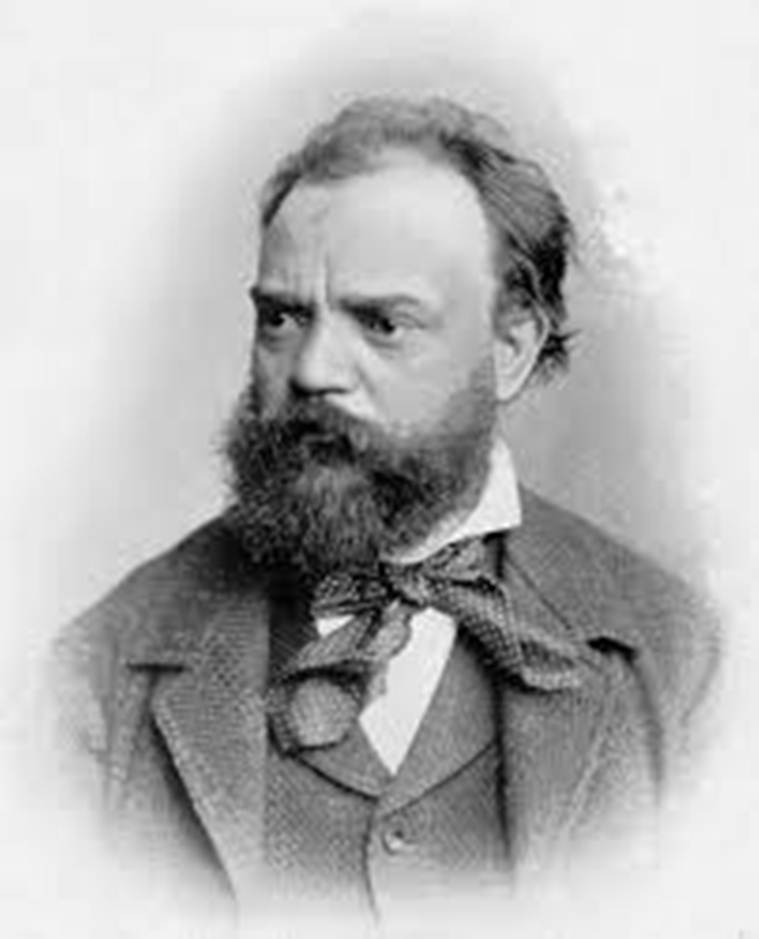
As the only celestial body whose surface we could see with the naked eye, the first symbolic representation of the moon, by most accounts, goes back to the Paleolithic age. The over 600 prehistoric wall paintings of the Lascaux Cave in southwestern France dates to 17,000-15,000 BC. Among the animal depictions, there is a group of dots and squares, which, researchers believe, depicts the 29-day lunar cycle. What the moon meant to the Cro-Magnon men is, however, not known.
Civilisations rose, birthing complex religious systems, in which the moon came to occupy a central role. With a greater understanding of the cosmos, the moon offered itself up to many meanings: sacred, secular, unattainable, conquered. It is the lodestar that continues to inspire generations of artists, poets, writers and musicians.
Aurally, the indigenous Americans, for example, had a number of chants focused on the moon. In Christian Europe, the moon was associated with immaculate and divine love. And, in Urdu ghazals, dalliances between the masculine sun and the feminine moon symbolised both spiritual and sexual ecstasy. In more recent centuries, as the secular increasingly intruded into the realms of the sacred, this association with divine love metamorphosed into more earthly forms of desire, the moon became the cornerstone of romanticism.

An early example of this comes from Rusalka, Antonín Dvorák’s celebrated Czech opera, which premiered in 1901. Based on Slavic folklore, the opera tells the tale of a water nymph (rusalka) who falls in love with a prince and wants to join the human world. A smitten Rusalka sings Song To The Moon, an aria in which she asks the moon to tell the prince of her love. “Tell him, silvery moon,” she sings. “that I am embracing him.”
Time and time again, songwriters keep returning to the moon as a romantic intermediary. Billie Holiday’s I Wished On The Moon (written by Ralph Rainger and Dorothy Parker, recorded in 1935) credits the natural satellite for her finding true love. And then there’s Mr Moonlight, written by Roy Lee Johnson and first recorded by Dr Feelgood and the Interns in 1961. It’s more popularly known by the cover that The Beatles recorded in 1964, though that version is mostly infamous for its reputation (largely undeserved) as one of the worst songs recorded by the group. Nonetheless, it was one of John Lennon’s favourite songs, with its ode to the moon: “And from your beam you made my dream,” sings Lennon, “And from the world you sent my girl/ and from above you sent us love.”

More persistent is the idea of the moon as linked to romantic betrayal or unrequited love. Shining alone in the night sky, always chasing the sun but never catching it, the moon has long evoked feelings of loneliness, desolation and heartbreak. Perhaps, the most famous example of this is Blue Moon of Kentucky, a waltz written and performed by Bill Monroe and the Blue Grass Boys and released in 1947. Over a finger-plucked mandolin, Monroe’s lonesome vocals entreat the blue moon to shine on the one who’s “gone and said goodbye”.
Countless other examples link the moon to romantic love, both fulfilled and unfulfilled (Neil Young’s Harvest Moon, LeAnn Rimes’ Can’t Fight The Moonlight). But it has also carried darker, more eldritch associations — of magic, witchcraft and insanity. Pierrot Lunaire, Arnold Schoenberg’s famous 1912 melodrama, sets a cycle of 21 poems by Albert Giraud to the composer’s revolutionary atonal innovations. It depicts the “moonstruck” protagonist’s descent into hysteria and decadence, ending in his crucifixion.
Its dalliance with mental instability was much in vogue in the psychedelia-drenched rock of the 1960s and ’70s, popping up in songs like Full Moon by the Kinks (“Pay no attention if I crawl across the room / It’s just another full moon”). It’s also the concept that underpins Pink Floyd’s magnum opus Dark Side Of The Moon, with explicit references in tracks like Brain Damage. A more recent example is Climbing To The Moon by Eels, released in 1998. The hearbreakingly melancholic song references multiple suicide attempts by Elizabeth, songwriter Mark Oliver Everett’s sister, ending with a final successful attempt. “I won’t be denied this time/ ’fore I go out of my mind over matters,” goes the final verse, expressing Elizabeth’s dogged determination to leave this world. “Got my foot on the ladder/ And I’m climbing up to the moon.”
With the successful lunar landing in 1969 and the moon no longer unattainable, its mysteries now unshrouded, poets and songwriters shifted their focus. It was now a symbol of what humanity could achieve. And, for the more dystopian mind, a canvas on which the uglier aspects of human society and technology could be reflected. David Bowie’s Moonage Daydream reflects both these concepts. It introduces Ziggy Stardust as the alien messiah who’s come to save the earth from man-made disaster, but also evokes the “church of man”, referencing how technology has allowed man to replace God.
Today, as we look to colonise and exploit the moon, as a first step towards further expansion, our relationship with luna will continue to evolve, in ways which we cannot predict. What we can say for sure, though, is that art — especially popular music — will be at the forefront of that transformation. Canadian American poet Paul Legault wrote in 2009 about the relationship between the moon and poetry that “if poets stop writing about the moon, the world will probably end.” That holds doubly true for songwriters. If we stop making music about the moon, then the world has probably already ended.
This article appeared in the print edition with the headline ‘Lighting up the night’